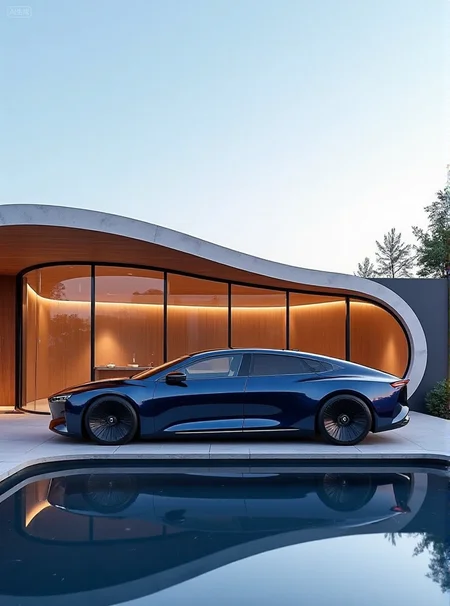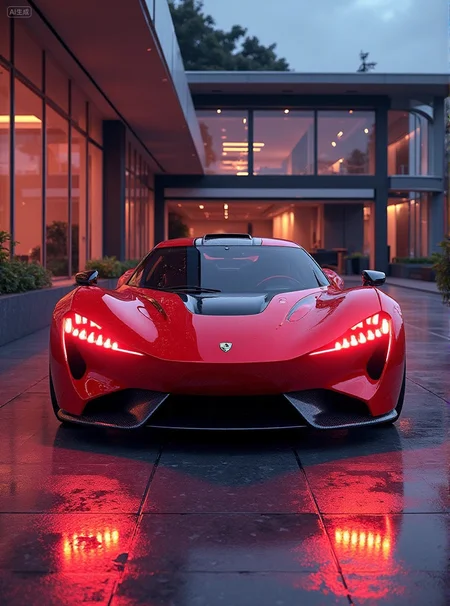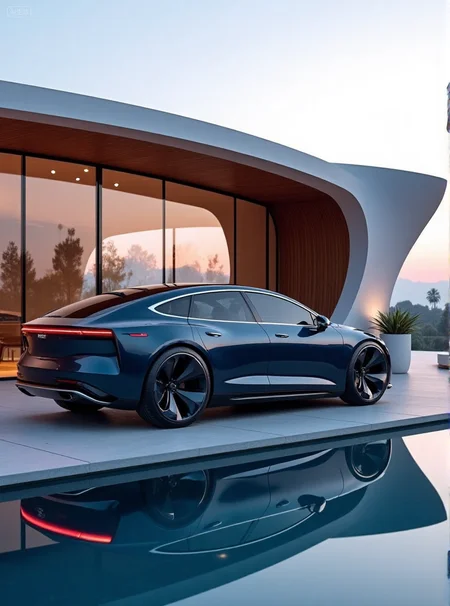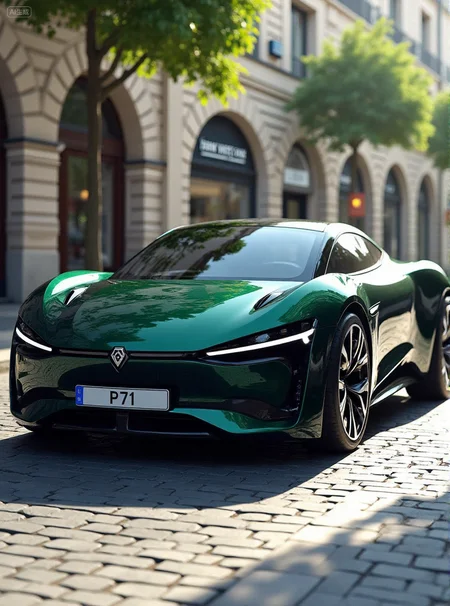Automotive Design: An Engineering of Integrating Functionality and Aesthetics
Automotive design is a systematic work that balances engineering functionality with visual aesthetics. Its core lies in meeting technical requirements such as safety and performance, while conveying brand characteristics through shape, color, and material—striking a balance between "practicality" and "appeal".
Its core dimensions consist of two parts. First is "engineering-oriented design", which needs to consider aerodynamics (e.g., a sloped roof design to reduce wind resistance), space utilization (interior seat layout), and safety standards (buffer design for vehicle body structure) to ensure the basic performance of the vehicle. Second is "visual and experience design", covering exterior styling (front grille, headlight lines), interior atmosphere (central control layout, material touch), and user interaction (instrument panel display logic).
Modern automotive design also needs to incorporate trends such as environmental protection (application of lightweight materials) and intelligence (integration of autonomous driving sensors). Ultimately, it aims to create products that not only meet technical specifications but also align with users' aesthetic preferences and usage needs.
Description
Details
Downloads
96
Platform
CivitAI
Platform Status
Available
Created
8/18/2025
Updated
11/15/2025
Deleted
-
Files
flux-lora-000005.safetensors
Mirrors
Huggingface (1 mirrors)
CivitAI (1 mirrors)



